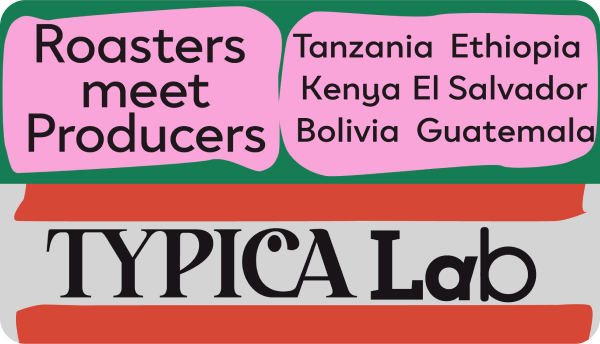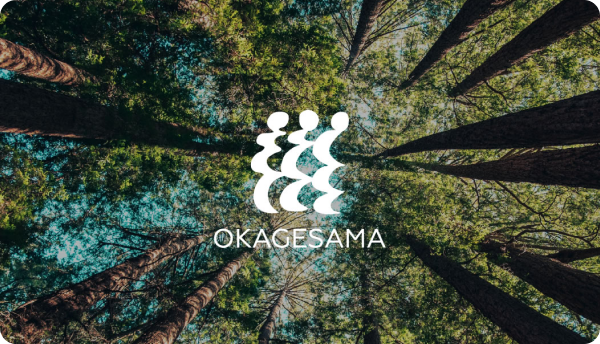
Tanzania Harvest Update 2024/25
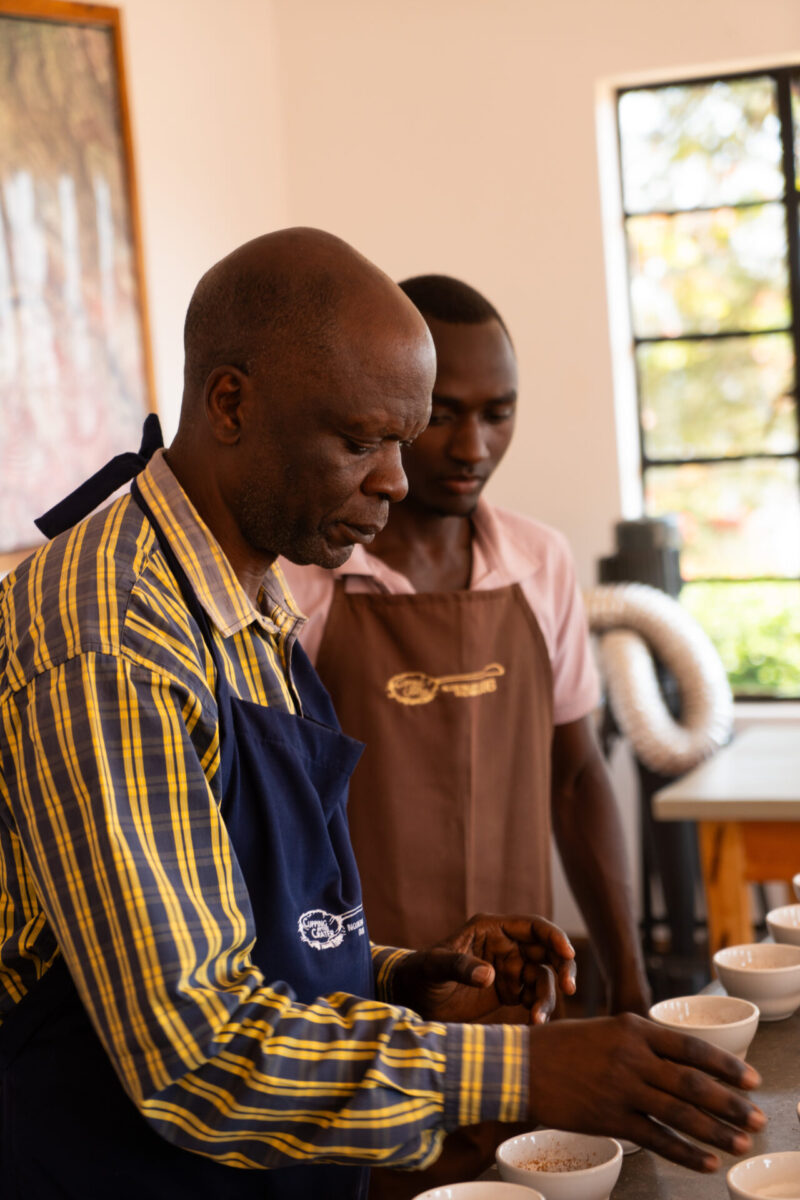
In September, I had the pleasure to visit Leon and Aideen from Acacia Hills Coffee Estate in Tanzania. During my visit, amongst cupping the new harvest and selecting our new offering lots at TYPICA, I went through the harvest’s development with Edwin, Current Coffee Quality and exports logistics manager at Acacia Hills and Tembo Tembo.
As a quick introduction, Edwin Agasso is a Kenyan expert in coffee quality and export logistics, holding a Q Grader certification since 2010. With over 18 years of experience in coffee quality evaluation, cupping, and management, as well as export processing logistics, his career began at the Coffee Board of Kenya, where he worked from 1996 to 2002. He later briefly joined Sasini Tea and Coffee before moving to Tanzania in 2004, where he worked with some important coffee estates until 2020. It’s clear that Acacia Hills and Tembo Tembo are in excellent hands under his expertise.
The 2024 harvest at Acacia Hills has been notably shorter and lower in production compared to previous years, and a combination of natural factors and agricultural challenges have contributed to this outcome. Nonetheless, Acacia Hills remains one of the best specialty coffees in Tanzania because of its high quality and continues to be a favourite amongst roasters. Here’s a closer look at the reasons behind the harvest’s performance, as well as the opportunities and challenges facing coffee production in the region.
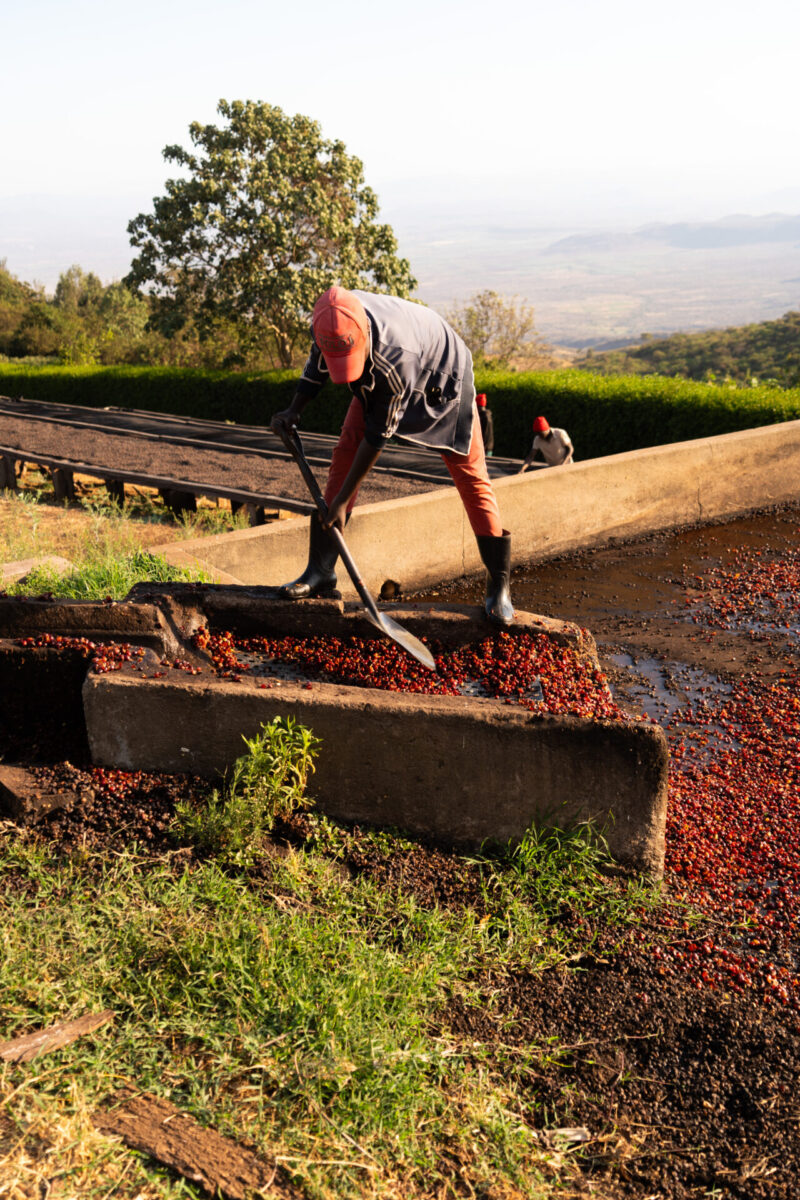
A shorter harvest due to natural cycles and climate
Acacia Hills saw a reduced harvest this year due to three key reasons. The first and key reason was that 2024 was an “off-year” cycle, which many other coffee producers around the world are experiencing, combined with the El Nino weather patterns. The coffee trees had only one strong flowering period followed by a single, concentrated ripening phase. The prolonged El Nino rains triggered this flowering and led to a smaller overall crop yield.
Secondly, there was uneven resource distribution. Over 70% of the crop’s flowering took place in just one week, causing intense competition for nutrition and water among the cherries. Coupled with a late and unreliable supply of fertiliser, this led to lighter, less dense cherries, further reducing the total yield.
Lastly, the third quarter of the year brought an unexpected dry spell. This lack of rainfall prevented further flowering, which could have led to later berry maturing and ripening. Luckily, this impact was limited, affecting only around 3% of the total fully washed coffee processed at Acacia Hills.
As a roaster, this may result in a smaller offering. But we have collaborated closely with Leon and Edwin to ensure that both quality and logistics meet the high standards expected from Acacia Hills coffee. This year, more than ever, some of the lots may be highly competitive to secure.
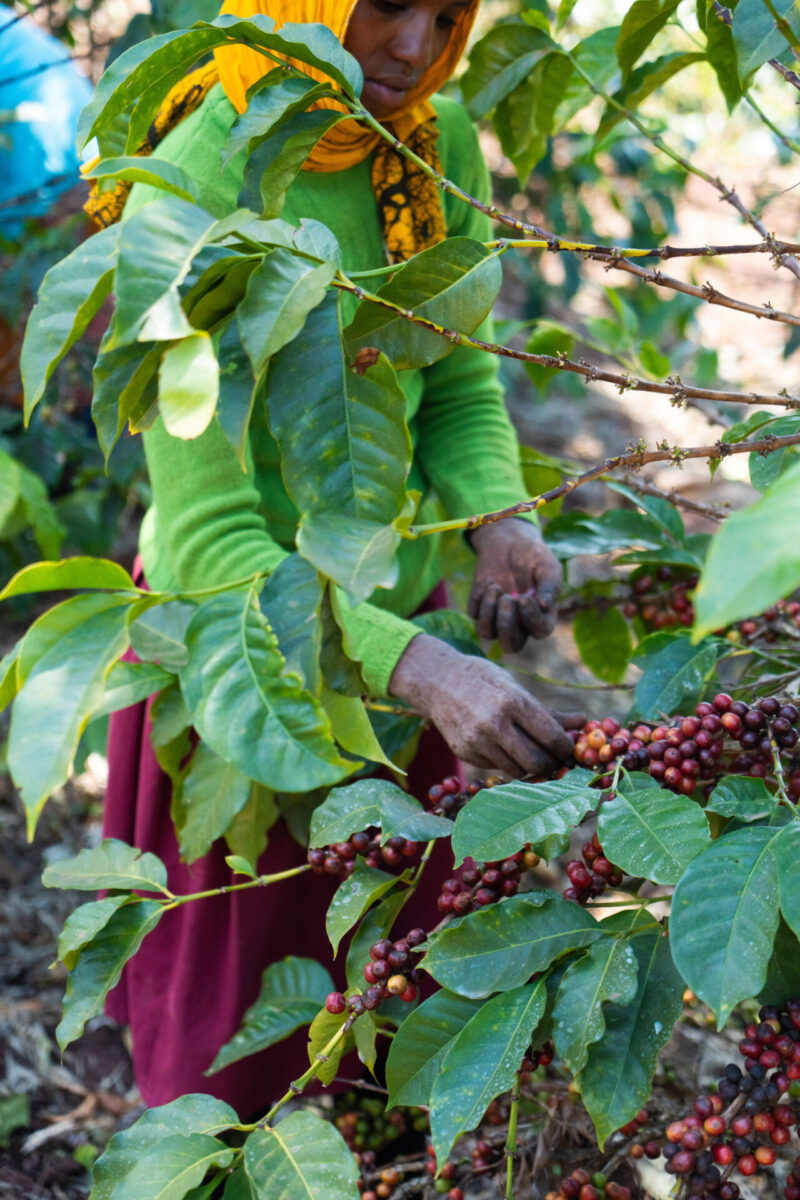
Effective tree feeding means happy trees
A positive development were the heavy rains and strong flowering cycle that helped ensure the even maturation of coffee cherries. Acacia Hills managed to feed the trees effectively, ensuring the crop ripened at a similar pace, avoiding the common issue of uneven cherry development.
Climate-related difficulties
Climate change continues to be a significant challenge for coffee producers globally, and Acacia Hills was no exception this year. The area experienced poor rainfall distribution during critical stages of coffee flowering, fruit development, and ripening. This inconsistency in weather patterns led to a variety of issues for the crop.
In addition, strong winds and large daily temperature fluctuations — unusually cold nights followed by hotter days — added further stress to the plants. These weather conditions, along with the wet and warm environment, created ideal conditions for the spread of pests and diseases. Coffee berry disease and leaf rust caused significant crop losses, both on the trees and later during post-milling handpicking and color sorting processes.
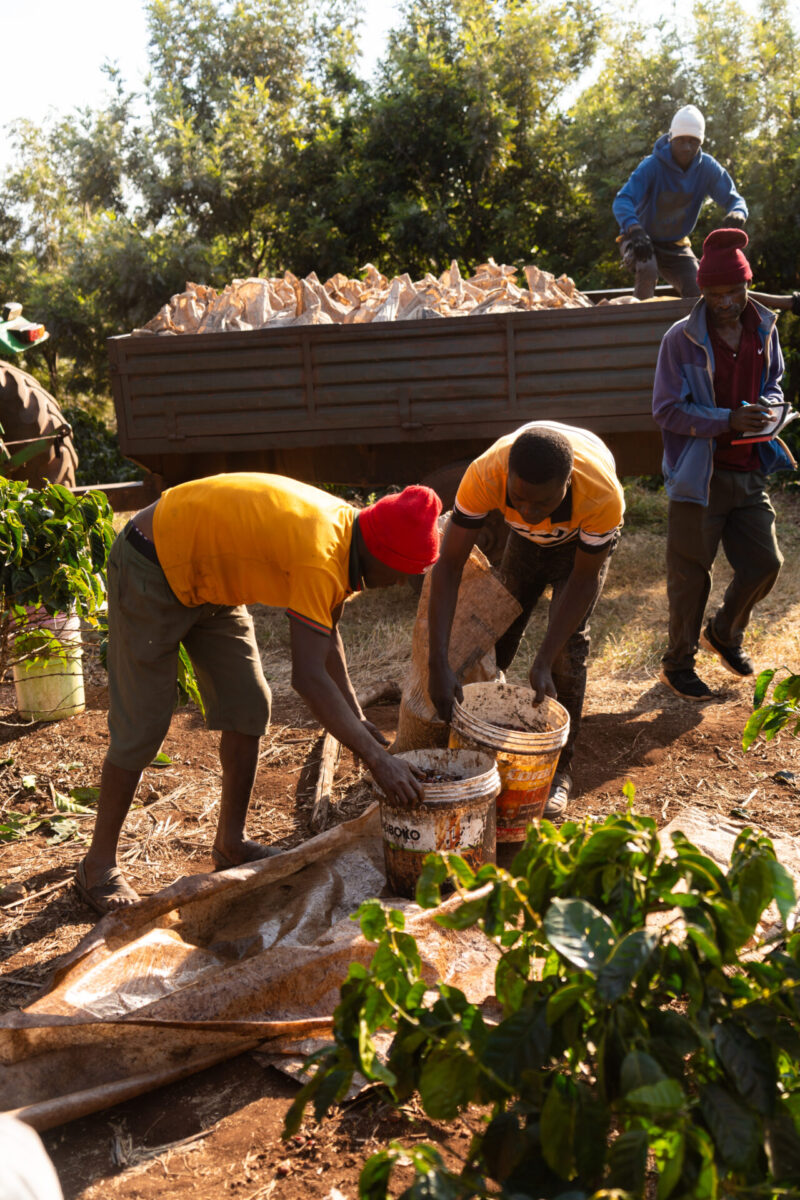
Broader challenges facing Acacia Hills and Tanzanian coffee production
The challenges faced by Acacia Hills this year reflect broader difficulties in Tanzania’s coffee industry. Some of the key issues include:
1. Rainfall variability: The amount, timing, and distribution of rainfall continue to be unpredictable, affecting coffee flowering and fruit development.
2. Ageing coffee trees: Many of the coffee trees, particularly those owned by small-scale farmers, are old and less productive, which limits overall yield potential.
3. Low coffee prices: Farmers in Tanzania often receive lower prices for their coffee compared to global averages.
4. Pests and diseases: Coffee berry disease and late bacterial blight are ongoing threats, which are made worse by climate instability.
5. Labor shortages: There is also a shortage of skilled coffee pickers, particularly on larger estates.
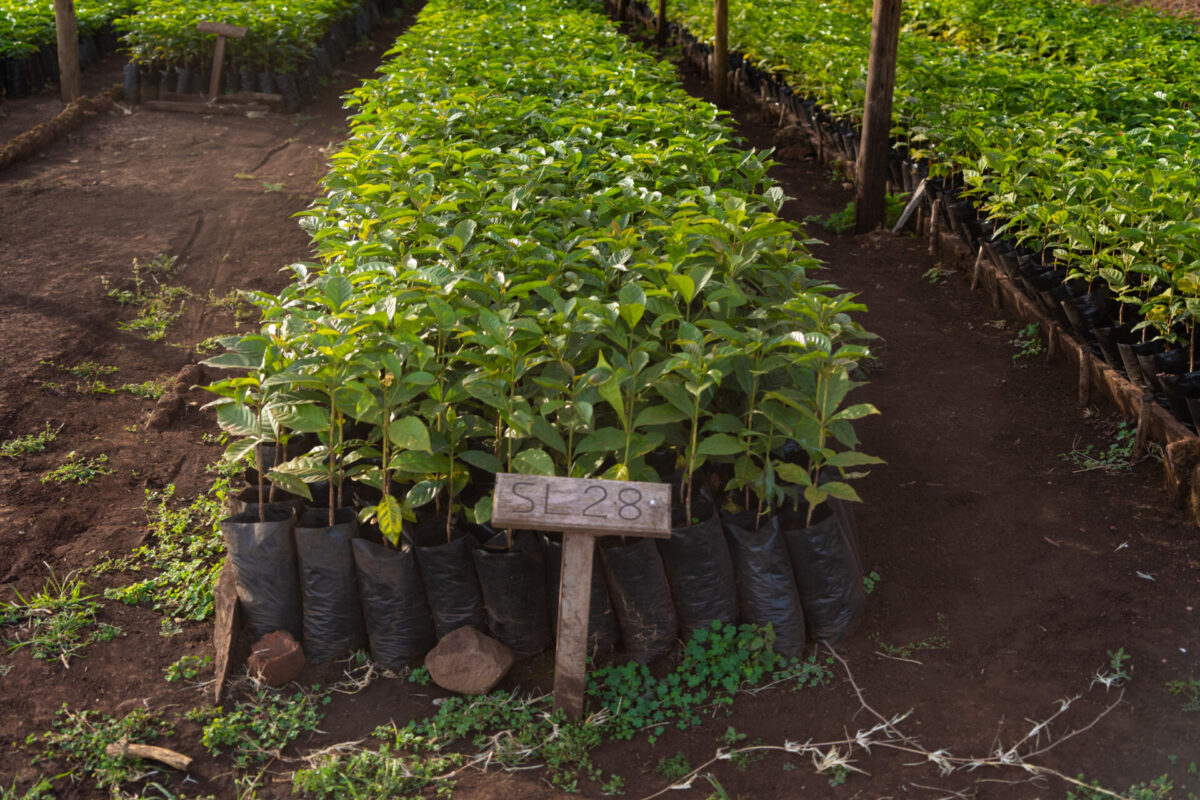
Quality over quantity
Tanzania, accounting for 6% of African coffee production and 0.7% of global trade, produces mild arabica coffee known for its distinct flavor. Acacia Hills continues to play a vital role in this landscape.
While the 2024 harvest may have seen lower yields, the coffee from Acacia Hills continues to uphold its reputation for exceptional quality. Despite the challenges, the even maturation of cherries and meticulous attention to processing have resulted in a crop that promises to deliver a remarkable cup profile. With lessons learned from this season and an eye on sustainable practices, Acacia Hills is well-positioned to bounce back stronger in the future. The dedication of the farmers and the unique climatic conditions of the region ensure that, year after year, Acacia Hills coffee remains a standout in the global market.
As we look ahead, future harvests will not only return to higher production levels but also continue to produce some of Tanzania’s finest coffee.
Written by Samuel Peres Correa(Head of QC)
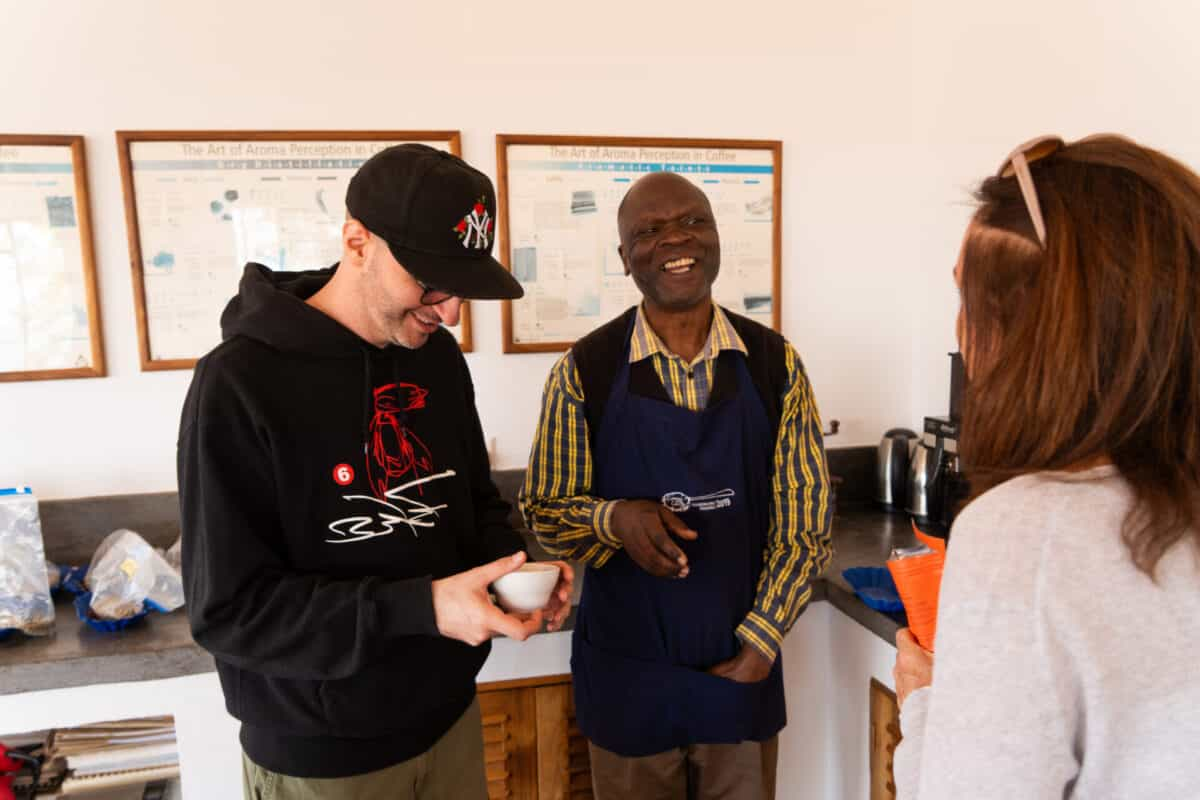
Behind-the-scenes regarding my non-coffee favourites
・Chapati is delicious.
・How much people in Tanzania smile
・The sweet demeanour of Tanzania people
・One of the friendliest countries that I have ever visited.


